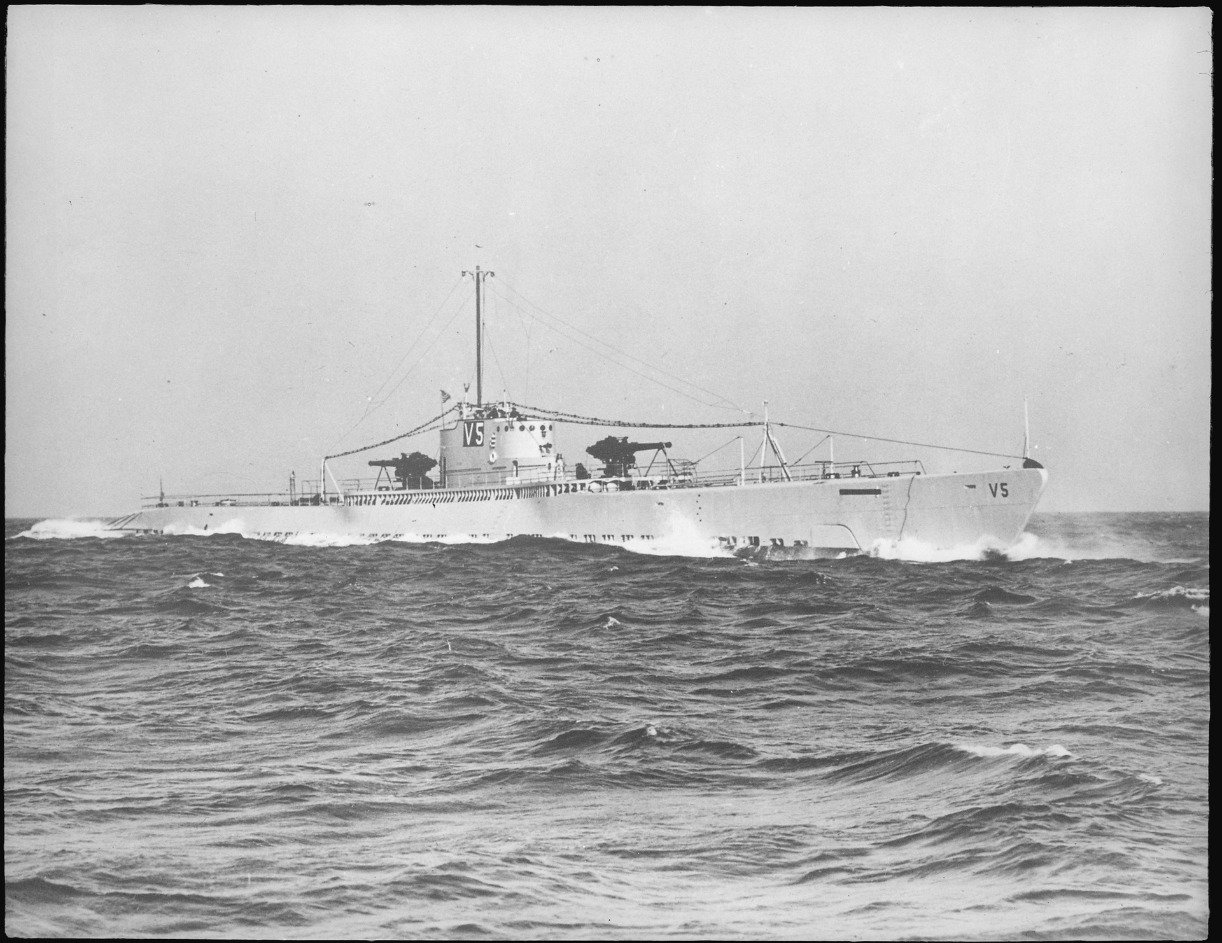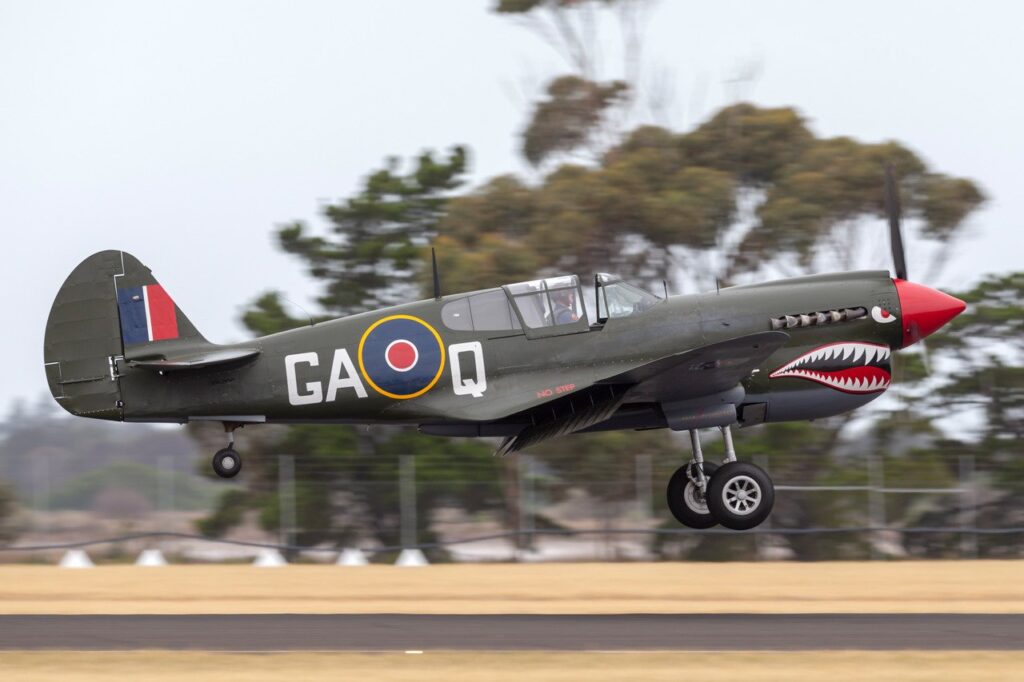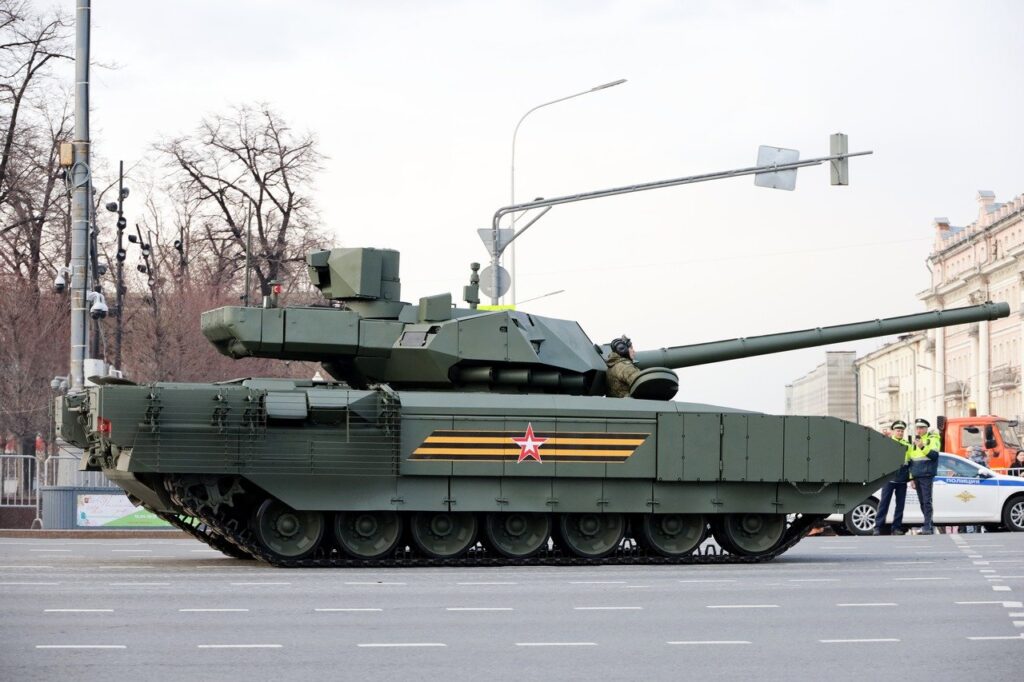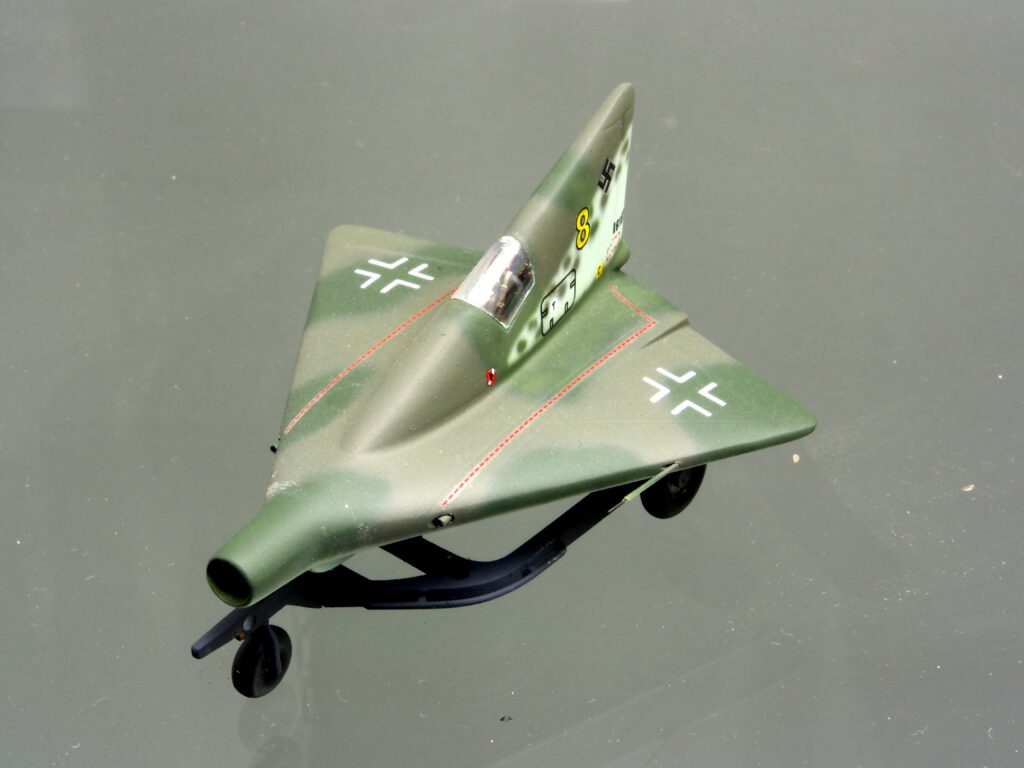
Face Off: What Happens When a Nazi U-Boat Meets a British V-Class Submarine?
Here’s What You Need to Remember: It was the only undersea battle between two submarines in history.
The Hunt for Red October dramatized for the public one of the tensest forms of warfare imaginable: combat between submarines submerged deep under the ocean’s surface, the nerve-wracked crews scouring the fathomless depths for their adversary’s acoustic signature using hydrophones.
However, while hunting undersea enemies is one of the primary jobs of modern attack submarines, only one undersea sub engagement has ever taken place, under decidedly unique circumstances.
This is not to say that submarines have not sunk other submarines. Indeed, the first such kill occurred in World War I, when U-27 sank the British E3. Dozens other such engagements occurred in the two world wars. However, in all but one case, the victims were surfaced, not underwater.
This was foremost because the submarines of the era needed to spend most of their time on the surface to run their air-breathing diesel engines; they could only remain underwater for hours at a time with the power they could store on batteries, moving at roughly one-third their surface speed. Therefore, submerged action was reserved for ambushing enemy ships and evading attackers.
What a War Between NATO and Russia Would Look Like.
There were additional problems intrinsic to having one submarine hunt another underwater in an era that predated advanced sensors and guided torpedoes: how could submerged subs detect each other’s position? During World War II, submarines came to make greater use of hydrophones as well as active sonar; however, the latter models could only plot out a submarine’s location on a two-dimensional plane, not reveal its depth.
What a War Between America and China Would Look Like.
Furthermore, the torpedoes of the time were designed to float up to near the surface of the water to strike the keel of enemy ships. Although the “tin fish” could be reprogrammed to an extent, it was not standard to adjust for depth, and guessing the azimuth of an enemy submarine with the limited targeting information available posed an immense challenge.
U-864’s Secret Mission
On February 5, 1945, the U-Boat U-864 slipped from its quay in Bergen as it departed on a secret mission known portentously as Operation Caesar.
What a War Between China and Japan Would Look Like.
U-864’s compartments were filled with key technology and resources that Nazi Germany planned on transferring to Japan. These included schematics and components for Jumo 004 turbojets to aid in the development of a Japanese jet fighter, and even two engineers from the aviation manufacturer Messerschmitt. There were also guidance components for V-2 ballistic missiles and two Japanese technical experts. U-864 also carried more than sixty-seven tons of liquid mercury, carried in 1,857 steel flasks. The mercury had been purchased but not entirely delivered from Italy in 1942, and was a key material for manufacturing explosive primers.
Capt. Ralf-Reimar Wolfram’s mission was to sail the long-range submarine north around Norway, then across the Arctic Circle past Soviet territory to deliver the goods. Germany was only months away from falling, but Berlin hoped that the technology and materials would allow Japan to stay longer in the fight and divert Allied combat power.
U-864 was a Type IXD2 “cruiser submarine,” and at 87.5 meters long was larger than the more common Type VII U-Boat. It was designed for long-range transoceanic patrols, and the -D2 model in particular was even bigger to accommodate enlarged cargo compartments. Before departing, U-864 had been modified with a piece of technology then unique to Germany—a snorkeling mast, allowing the submarine to sip air from the surface while shallowly submerged.
Despite this formidable advantage, Wolfram’s mission proved ill-omened from the start. U-864 initially set off from Kiel on December 5, 1944, but ran aground while transiting through the Kiel canal. Wolfram decided to have the ship undergo repairs in Bergen, Norway. But in Bergen, its armored pen was hit with twelve-thousand-pound Tall Boy bombs dropped by British Lancaster bombers on January 12, 1945, causing even more damage.
Unfortunately for Wolfram, the United Kingdom had long ago cracked the Enigma code, which German U-Boats used to communicate with the Naval headquarters. By February, the British Navy had decoded messages relating U-864’s mission, and decided to set a trap.
HMS Venturer, the first of the new V-class submarines, received orders from the Royal Navy Submarine Command to hunt down and destroy U-864 off the island of Fedje, Norway. The smaller, shorter-range British submarine carried only eight torpedoes to U-864’s twenty-two, but it was nearly 50 percent faster underwater, at ten miles per hour.
Venturer arrived at its station on February 6. Its skipper, twenty-five-year-old Lt. James S. Launders, was a decorated submarine commander, who in addition to sinking twelve Axis surface ships, had dispatched the surfaced submarine U-711 in November 1944.
Though he disposed of an ASDIC active-sonar system that offered greater detection range by emitting sound waves into the ocean, which could be tracked when they pinged off submerged ships, Launders elected to rely on shorter-range hydrophones. This was because the ping from ASDIC could be heard by adversaries from even further away.
But Launders didn’t realize he was engaged in a hopeless hunt. U-864 had slipped past him.
Back to Bergen
Many war stories tell of protagonists who avoid horrible fates out of sheer coincidence and dumb luck. More or less the opposite happened to Captain Wolfram.
U-864 was safely out of range of the Venturer when its diesel engine began noisily misfiring, hampering acoustic stealth and threatening to break down entirely. Only a few days out from port, Captain Wolfram decided he should play it safe by returning to Bergen for repair. He could not have known he was leading his submarine straight back into danger.
On February 9, the hydrophone operator on the Venturer overheard a contact that he at first believed was coming from the diesel motor of a fishing boat. Launders moved his submarine closer to the sound pickup, and spotted on the periscope what appeared to be another periscope in the distance. This was actually most likely U-864’s snorkel. Running submerged on batteries, Launders slipped the Venturer behind the German submarine and began tailing it.
He was waiting for U-864 to surface before launching his torpedoes, but thanks to its snorkel, U-864 could operate underwater for extended periods of time. The German submarine began zigzagging side to side, likely having detected the British sub.
After three hours of pursuit, the Venturer was running short on battery and would soon have to surface itself. Launders decided he would simply have to attack U-864 while it remained submerged. He calculated a three-dimensional intercept for his torpedoes, estimating his adversary’s depth by the height of the snorkel mast protruding above the water. However, he knew the enemy submarine would quickly detect a torpedo launch, and planned his firing solution to account for evasive maneuvers.
At 12:12, Venturer ripple-fired all four of its loaded torpedoes in a spread, with 17.5 seconds between each launch. Then the British submarine dove to avoid counterattack.
The U-Boat immediately crash dove as well, then swerved evasively. After four minutes, it had managed to duck under three of the incoming torpedoes. But Launders had launched the second pair of torpedoes at lower depths. The fourth torpedo struck U-864, breaking it in two; the gruesome sound of popping rivets and cracking metal filled the Venturer’s hydrophones. The U-Boat fell 150 meters to the bottom of the ocean, taking with it all seventy-three onboard and sinking Operation Caesar along with it.
More than a half century later later, the wreck of U-864 was found in 2003 by the Norwegian Navy, two miles off Fedje. It was discovered that the cargo of poisonous liquid mercury had been slowly seeping from the flasks into the surrounding ocean. After spending fifteen years evaluating the risks of raising the wreck and its dangerous, unexploded torpedoes, in February 2017 the Norwegian government finally “entombed” the broken submarine with a half-meter of sand and 160,000 tons of rocks to prevent further contamination, thus forming a cairn for the German submarine that had met its terrible fate under unique circumstances.
Sébastien Roblin holds a Master’s Degree in Conflict Resolution from Georgetown University and served as a university instructor for the Peace Corps in China. He has also worked in education, editing, and refugee resettlement in France and the United States. He currently writes on security and military history for War Is Boring.
This article first appeared in 2017. It is being republished due to reader interest.
Image: German Federal Archive via Wikimedia Commons.


